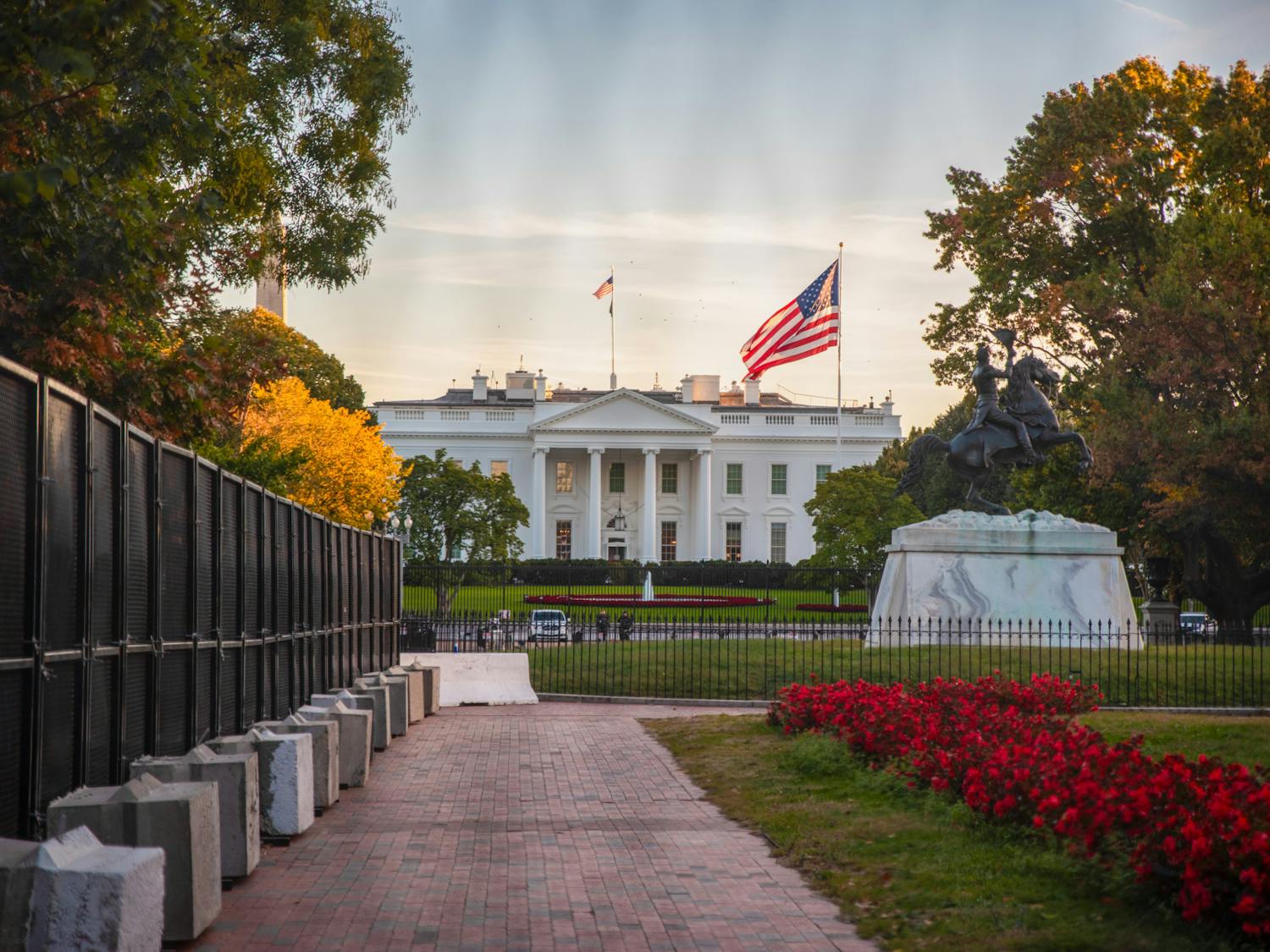Penn stands against a proposed ballpark at 30th and Walnut streets. A proposed $500 million baseball stadium complex at 30th and Walnut streets may instill hope in the hearts of local sports enthusiasts, but those fearful of traffic congestion may succeed in keeping the Philadelphia Phillies east of the Schuylkill River. Voicing the University's public opposition to the 30th Street site, Jack Shannon -- Penn's top economic development official -- testified before the House Democratic Policy Committee on July 14 at a hearing focusing on the location east of Penn's campus. The committee also heard testimony from community groups and several national experts on public financing of sports stadiums. Financial and political issues are also being considered in the planning for any new facility. Developer Dan Keating presented his plans to the Phillies in September 1996, calling for the creation of office spaces, a movie complex and parking areas around the new baseball-only stadium. The ballpark would be modeled on Baltimore's Camden Yards and Cleveland's Jacobs Field, two old-style stadiums that have revitalized their urban environs. The University did not have an official stance on the proposal until this January, when administrators came out against the stadium. Two other sites in Philadelphia are being considered by the Phillies and the city. One is adjacent to the Phillies' current South Philadelphia Veterans Stadium -- now shared with the National Football League's Philadelphia Eagles -- while the other is in North Philadelphia at the intersection of Broad and Spring Garden streets. Shannon said transportation issues are the main reasons a stadium would be unfeasible in West Philadelphia. "There simply is not the infrastructure in place -- or could even be put in place -- to accommodate the 40,000 fans who are coming to a baseball stadium," he said. "You would be taking a bad position and pushing it to the point of gridlock." Shannon cited the annual Penn Relays track and field competition at Penn's Franklin Field -- which ties up area traffic one weekend a year in late April -- as proof of his theory. "You have a recipe on your hands for a traffic and logistical disaster -- not one weekend a year but 81 evenings over five months," he said. Shannon added that the concentration of critical care facilities in the area -- including the Children's Hospital of Philadelphia and the Hospital of the University of Pennsylvania -- require an unobstructed flow of traffic for emergency vehicles to arrive. Meanwhile, according to Shannon, "all the studies have shown that you have more than sufficient transportation capacity," in South Philadelphia near the Phillies' current site. The area is easily accessible via Interstate 95, the Schuylkill Expressway and the Walt Whitman Bridge. According to Tony Ross -- the executive legislative director for State Rep. Andrew Carn (D.-Phila.), who sponsored last week's committee hearing -- the Phillies and the Mayor's Office currently favor the site in North Philadelphia. Carn's district lies near the proposed site. Carn is also the primary sponsor of H.R. 227, which calls for any stadium development project to be completed so as to benefit as many Pennsylvania residents and businesses as possible. According to Ross, the area at Broad and Spring Garden streets would be convenient from Center City and would provide an attraction for visitors to the city's Convention Center. However, as a state office building and the offices of The Philadelphia Inquirer and The Philadelphia Daily News would have to be razed for a new stadium to be built, there are significant "land acquisition issues," Ross said. In 1996, Governor Tom Ridge put forward a proposal where any new stadium would receive one-third of its funding from the state, while the municipality and the team owners would have to finance the remaining two-thirds. But if all four of Pennsylvania's major league professional teams -- the Phillies, the Eagles and Pittsburgh's Pirates and Steelers -- succeed in getting new arenas, the state's cut of the costs could go as high as $1 billion, Ross estimated. However, though Phillies officials projected that a new stadium for the team would open in 2001, action on any Philadelphia ballpark -- at 30th Street or otherwise -- will not begin any time soon. "At this point, Philadelphia is waiting to see what happens in Pittsburgh," Ross said. "That is quickly moving toward resolution." The Pittsburgh city government recently voted to fund a portion of a new stadium for the Pirates or the Steelers from public funds, Ross said, and Philadelphia officials plan to use Pittsburgh's eventual funding formula as a model for their own. Additionally, with 1998 being an election year, no action is expected before the November political contests. "The governor does not want to make this a campaign issue," Ross said. But Ridge spokesperson Tim Reeves placed the blame for the delay on the legislators, noting that "their appetite for controversial issues is not hearty in the weeks up to an election." "Whether it is a good political issue or a bad political issue, I don't know," he added. "The governor is out there for it." Ridge's Democratic challenger for the governor's mansion this fall, State Rep. Ivan Itkin (D.-Pitt.), agrees with Ridge on the issue of public financing -- with a catch. "[Itkin] supports stadium funding with a very strong caveat," Itkin spokesperson Diane McCormick said. "He wants guarantees that there is a public benefit of new jobs and economic development." "A third [of the cost] is fine for the state to fund," she added. "He's certainly up there up to at least a third."
The Daily Pennsylvanian is an independent, student-run newspaper. Please consider making a donation to support the coverage that shapes the University. Your generosity ensures a future of strong journalism at Penn.
Donate







